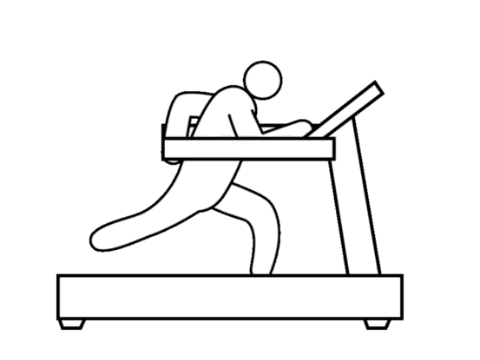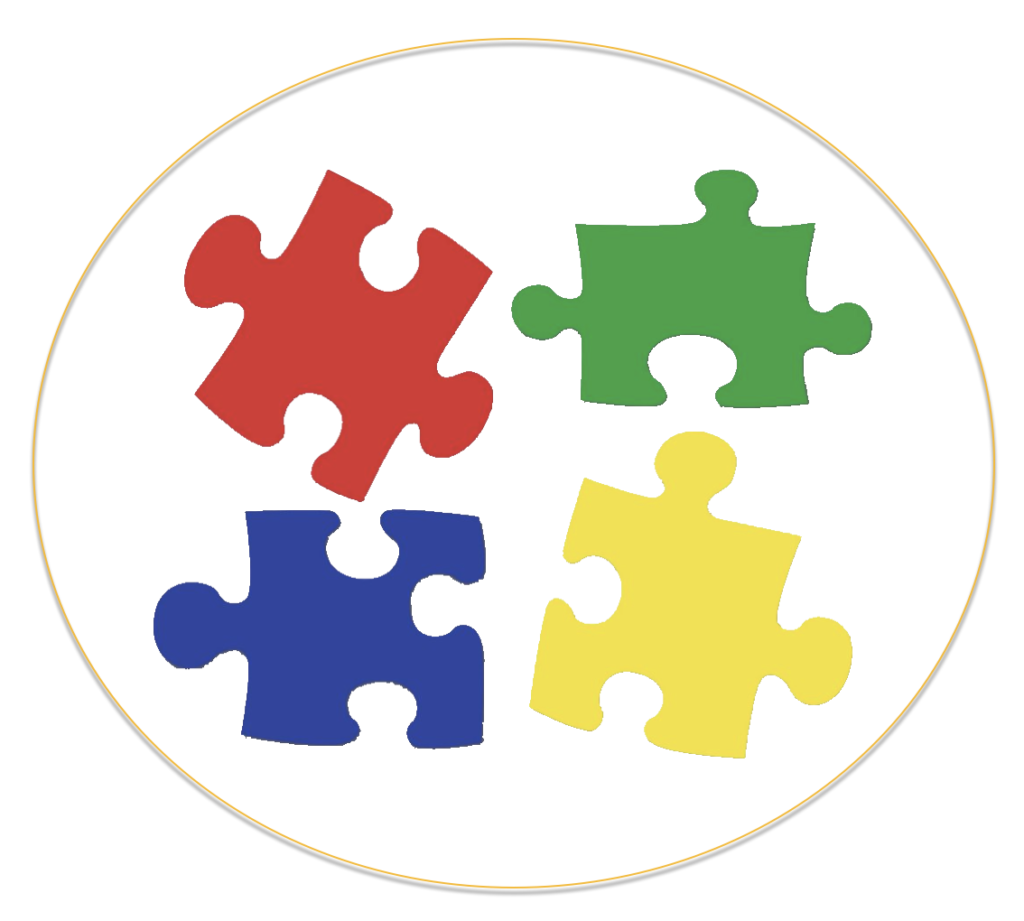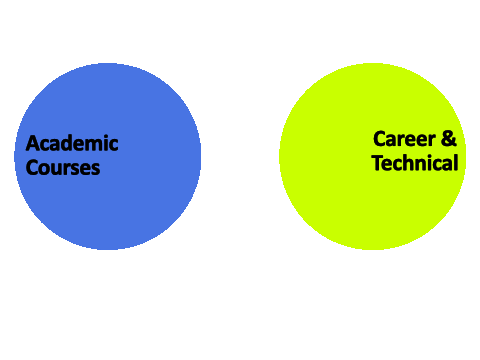
I don’t care for treadmills; for several reasons. First, despite the potential fitness benefits of running on a moving platform, treadmills are a dull routine, pushing a demanding pace, and there is always a danger of falling. Education today has become a treadmill. The day-to-day experience in secondary and post-secondary education has become, for many students, a relentless pace of running in search of a goal with little change of scenery—course after course after course with tests in between. Most have unclear relevance to the world outside. Students are pushed to “stick with it,” for the more education you get, the better your chance for career success. To a certain extent, that correlation is accurate. We spotlight those professionals who complete the treadmill education journey and move into well-paying jobs. But what about the students who don’t complete, that fall off and never finish? The students who give up are the vast majority of our youth. What are they prepared for? Those that don’t make it receive a smirk from those who did, just as we chuckle at the novice jogger who falls off the actual treadmill. There must be something wrong with them.
Alarming statistics on youth unemployment released this week by the New York City Comptroller’s Office triggered my thoughts about what role education has played in creating this problem. The report states that unemployment among 16- to 24-year-olds stands at nearly 18% in the city, as compared to about 9% in the rest of New York state and 8% nationally. In comparison, overall unemployment is currently 5.6% in New York City and 3.4% in the nation. In addition, the unemployment rates for young Black (18.5%), Hispanic (23.3%), and Asian (23.3%) workers in the city are higher than their white (16.2%) counterparts.
Youth unemployment is always the highest demographic. However, this should raise the alarm for the future of these youth and the economy, even more so in the vast NYC economic engine. . Several economic factors, such as the pandemic, and rising minimum wage, likely contribute to this concerning number. However, educators should not ignore any responsibility for this dilemma. Unfortunately, most educators remain focused on running the “treadmill” and blame this issue on a lack of employer altruism and poor personal decisions.
Too many youth in this unemployed pool lack a career focus, technical skills, and work habits to make them productive employees. As a result, employers are reluctant to hire. The education treadmill did not work well for the unemployed. A limited number of NYC secondary students had access to programs such are Career and Technical Education early-college technical programs like P-TECH, or work-based learning. These career-focused programs work closely with employers and community organizations to better prepare students to transition to the work world before or after college. Unfortunately, most students in school follow almost an anti-career focus that seems like a treadmill of only preparing students to jog on to the next level of education. The measures of success are passing exams, earning credits, and grade point average, all education constructs disconnected from the real world.
Schooling has value, but students deserve a more career focus in school to discover their interests and aptitudes. Deciding on careers is a gradual decision rather than keeping pace on the education treadmill to college graduation and then looking around for employment.
Following are some thoughts for each of us in erasing this image of an education treadmill to a dynamic system where all youth are the most prepared for 21st Century employment.
- Education policy and political leaders need to place a stronger emphasis on career-focused education and provide incentives to remove barriers to innovative programs.
- Educators need to acknowledge that all students need a career focus, and it is not something for a student who chooses not to attend college. Attending college should be a means to a career goal and not an end goal. Teachers, as successful college graduates, quickly encourage students to attend college. However, teachers should become familiar with and advocate for the multiple learning career options for students.
- Parents should encourage their children toward continuous learning to provide choices in life and speak up about schooling that does not exhibit rigor or relevance.
- Employers should acknowledge their role in preparing future workers by partnering with schools to provide work-based learning opportunities and supporting career programs.




